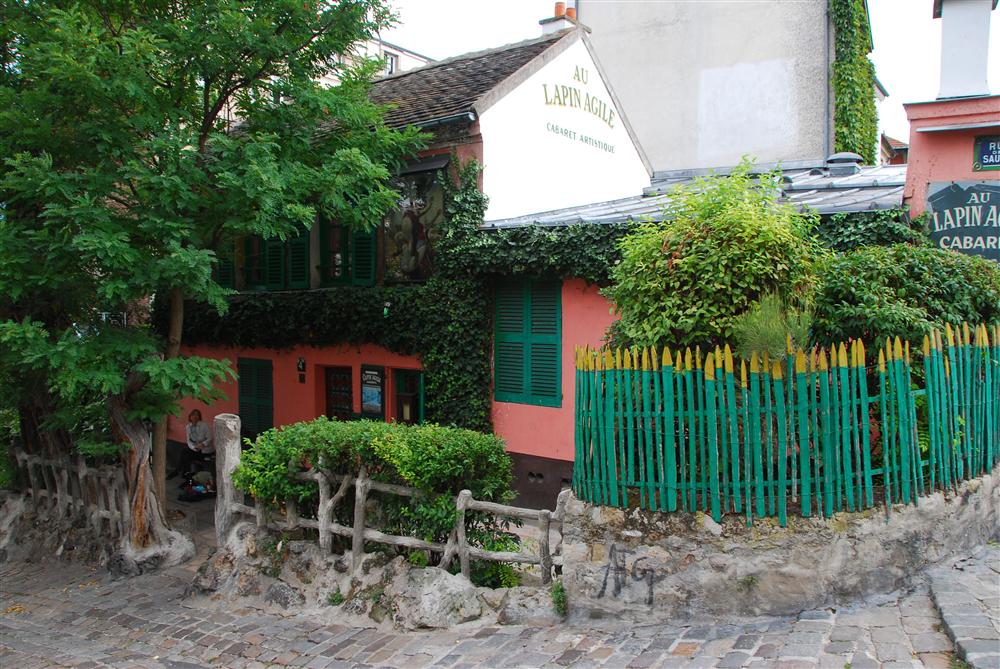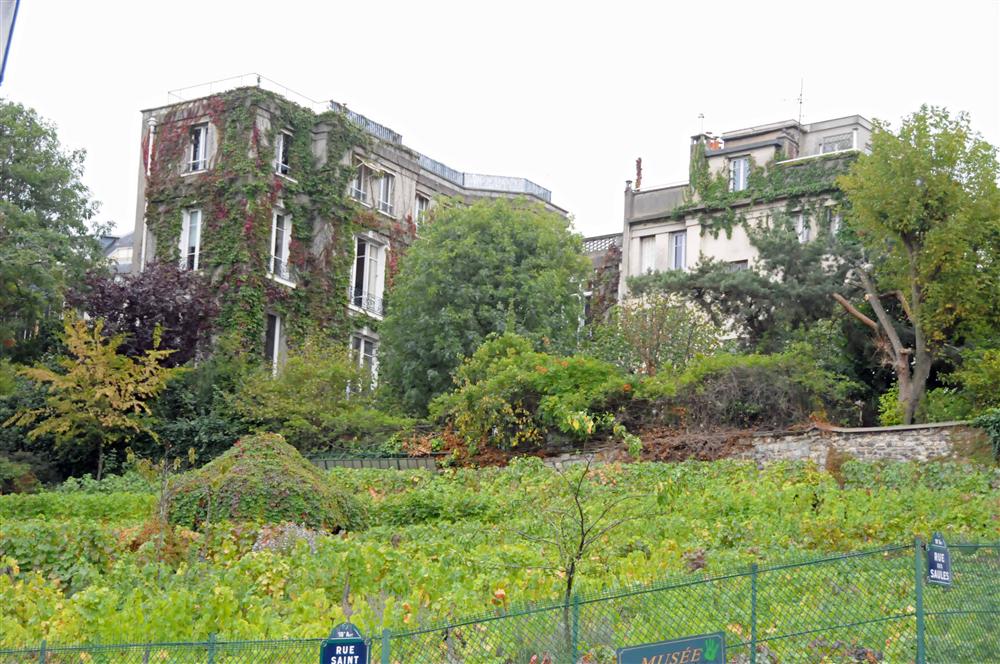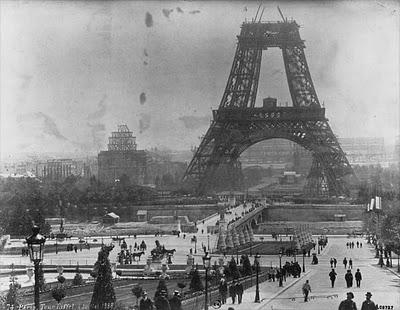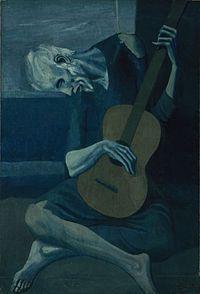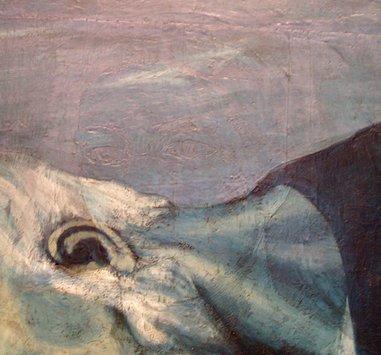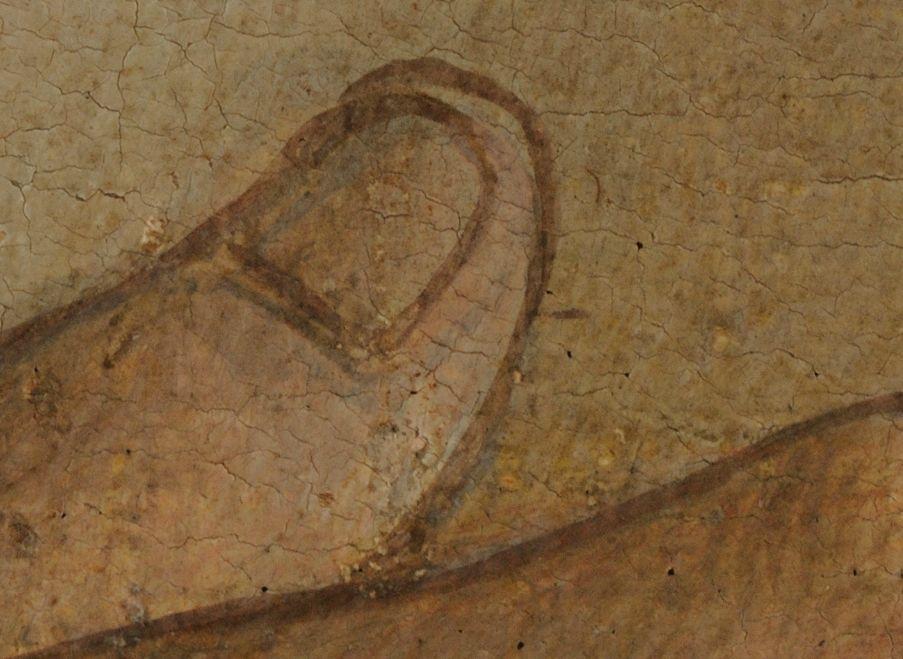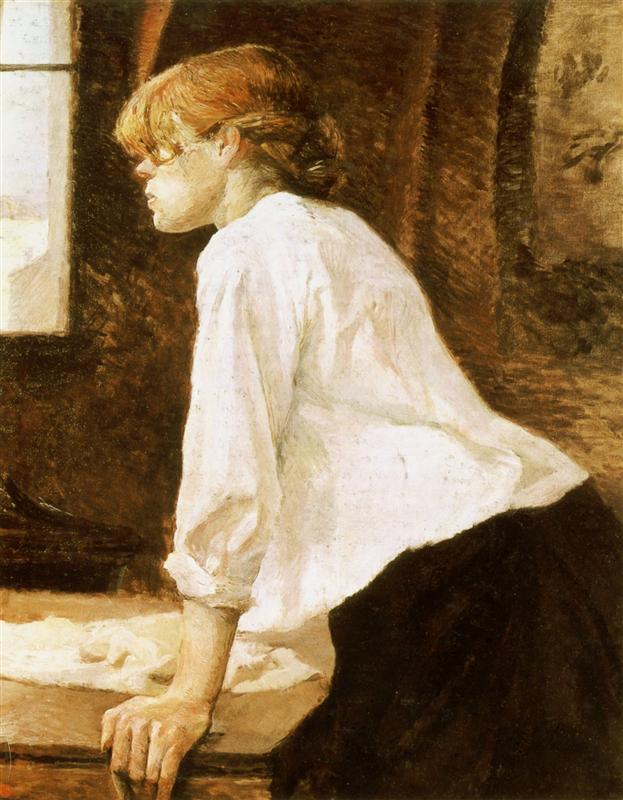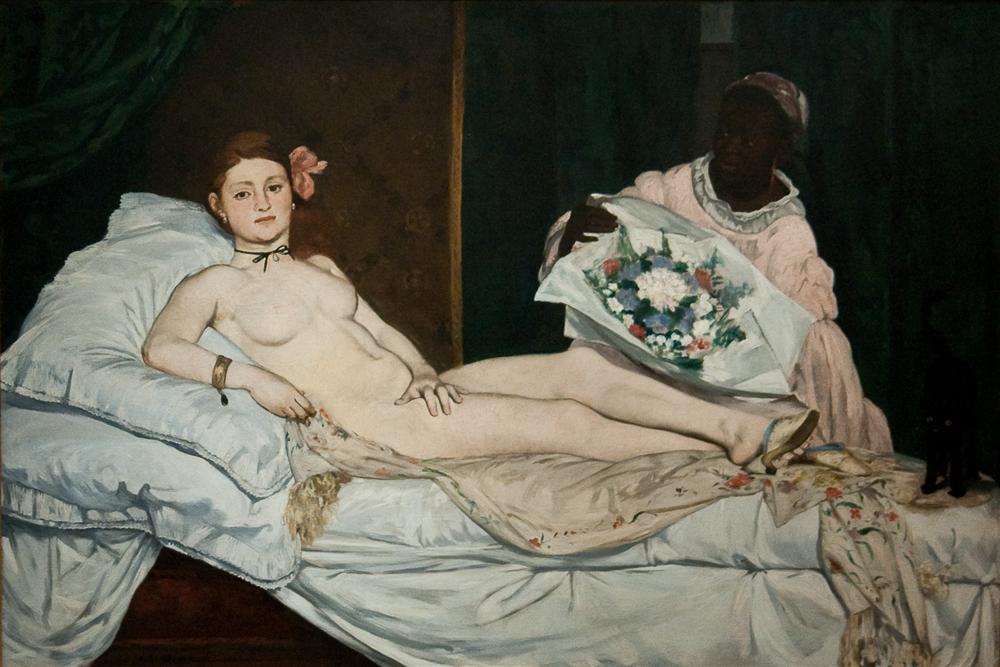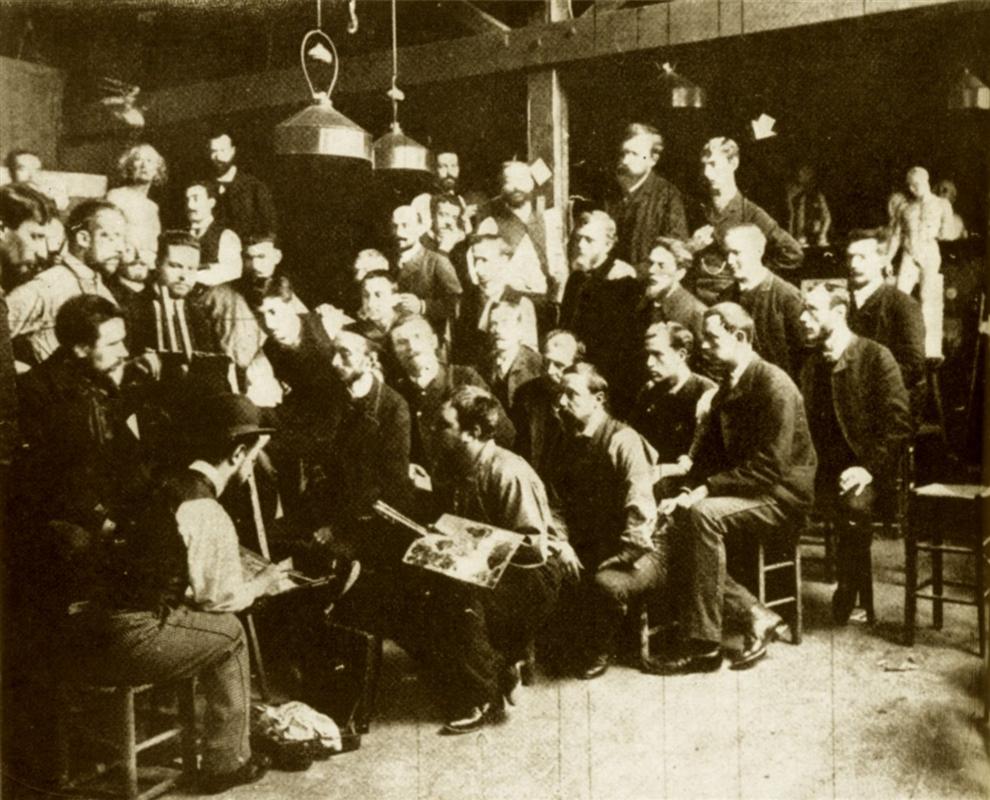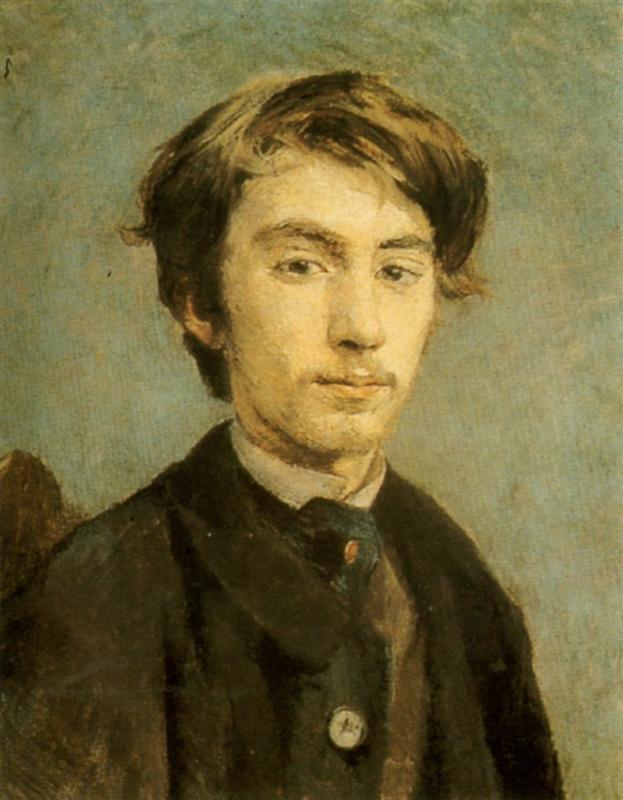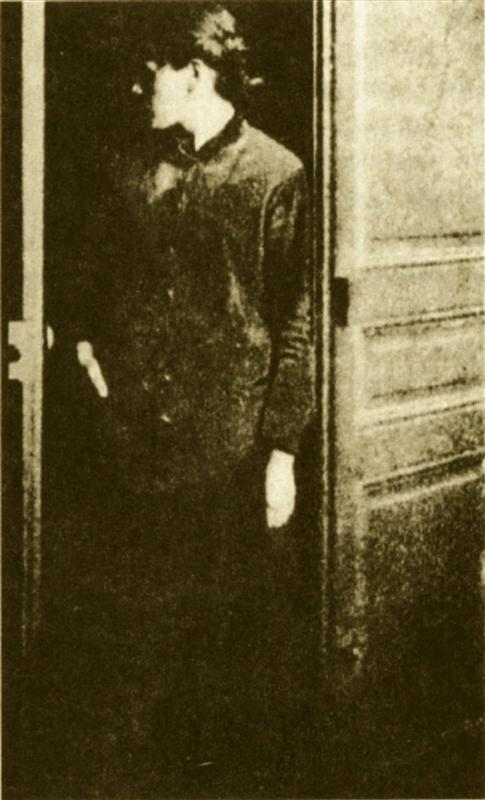Chapter 4 – PENTIMENTO
“They sat on a bench across from the cabaret the Lapin Agile, a small vineyard at their back, the city of Paris spread out before them”
The Lapin Agile as it appears today. It is still open for business. Just across the street is the last vineyard still left on Montmartre and they hold a harvest festival on the Butte every year to celebrate its bounty.
This is the vinyard today. The bench where Lucien and Julliette sat would be almost directly under the lower Rue Saint Salas sign, and there is a bench there today, but I didn’t know I was going to write that scene when I took this picture.
“It’s taller than I thought it would be when they started it.” The tower had been barely three stories tall when she had disappeared.
“The master has painted over another painting, and over the years, the old image is beginning to show through. It is not clear, but you can see that something has come before and does not belong.”
It was the painting of a redheaded woman in a plain white blouse and black skirt, looking out a window.
“Olympia,” said Lucien. “A masterpiece, but you are much prettier than Manet’s model, Victorine.
Olympia, by Edouard Manet. This painting and the model, Victorine Meurent would become very important to French art history. We’ll be hearing more about this painting and Victorine later in the book, but at the time, this painting, more than likely, was only displayed in Manet’s home or brought out for special shows.
They were all young artists, full of themselves, their talent, and the infinite possibilities of the results of mixing imagination and craft. They had spent the day at Cormon’s studio, listening to the master prattle on about the academic tradition and techniques of the masters.
Emile Bernard -Self-Portrait, about the time that he was attending Corman’s studio with Toulouse-Lautrec.
“Monsieur, I am not a model.” A quiet voice, shy.
Carmen Gaudin – this is the only photograph I’ve ever been able to find of Carmen. Appropriately, she is looking away from the camera. I couldn’t find credit, but it was likely taken by Henri’s friend Maurice Guilbert.

